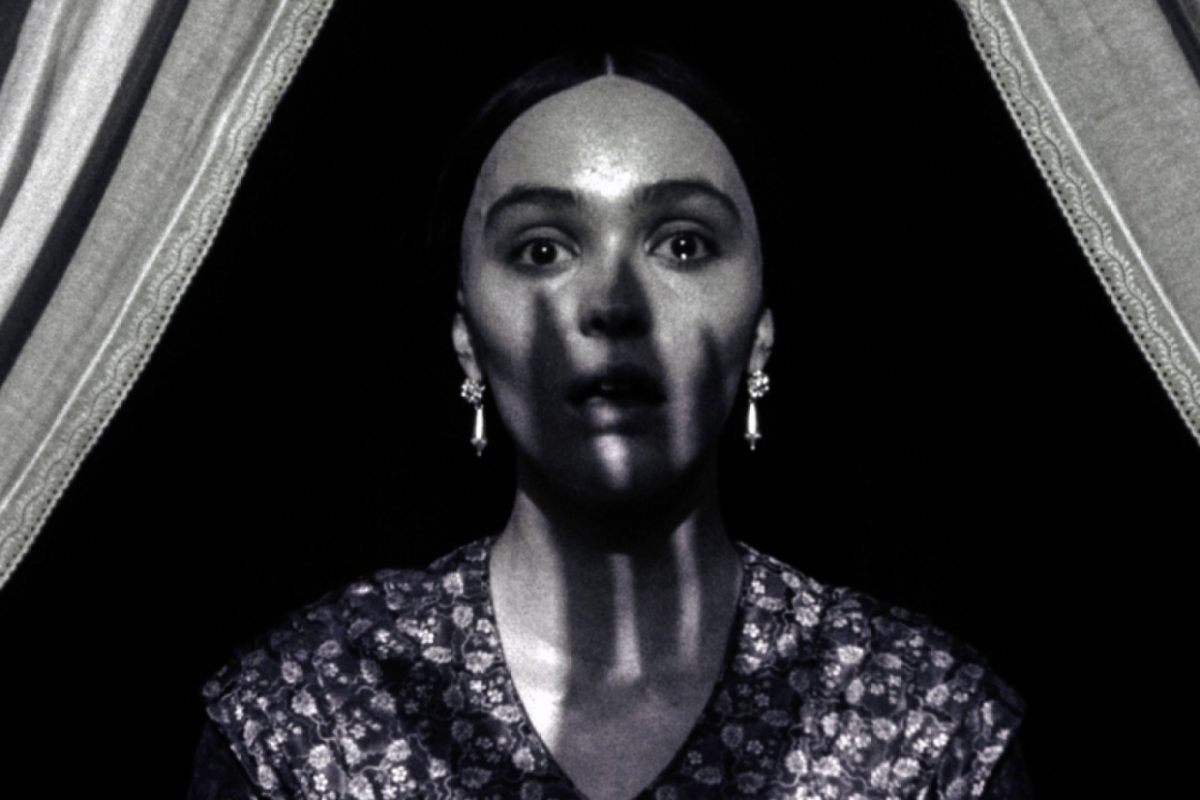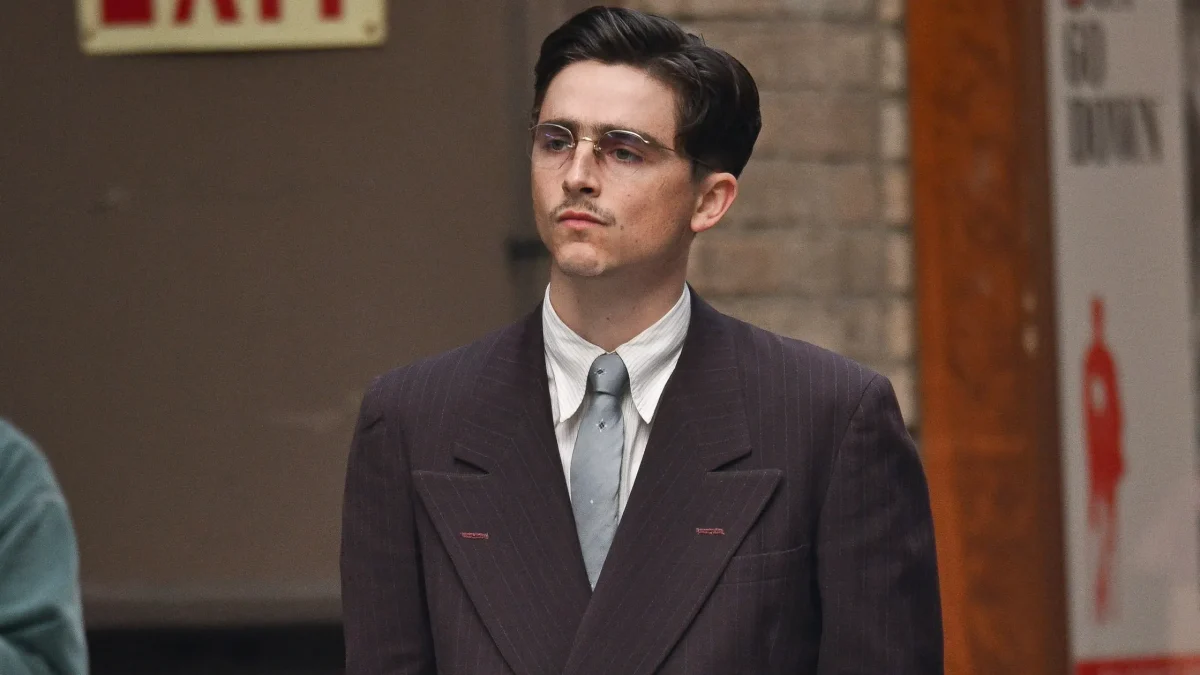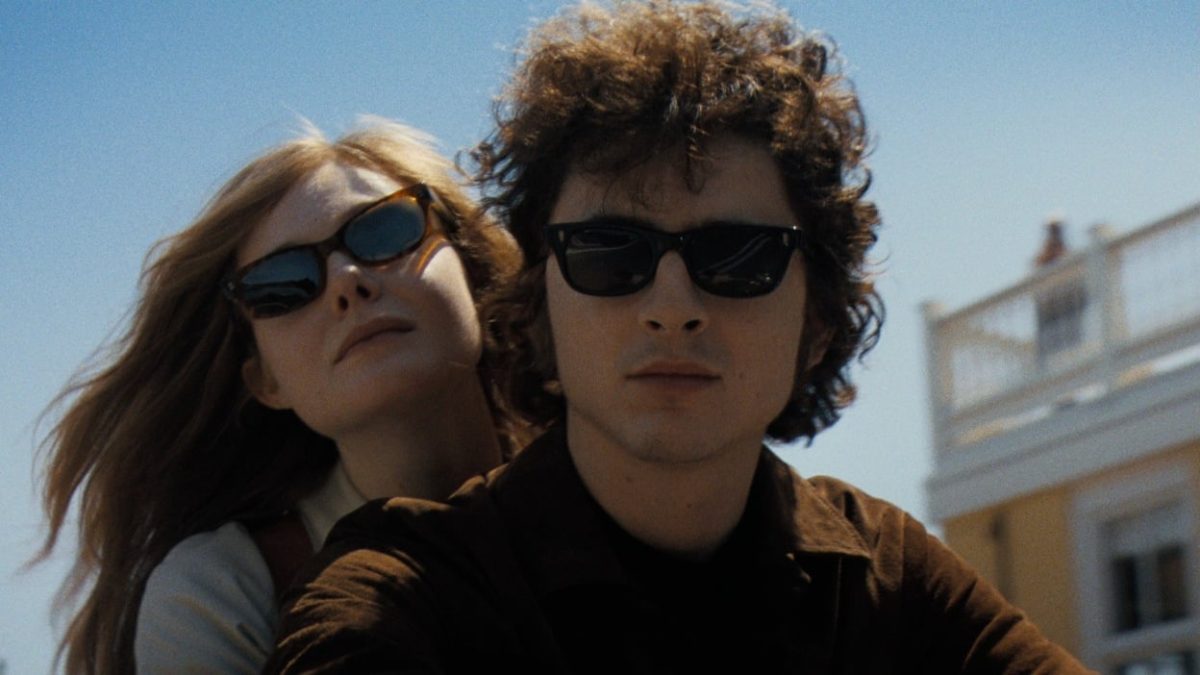At my screening of “Megalopolis,” three people proceeded to leave in the middle of the movie. By the end of it, I wished I had been the fourth.
There is no denying the cultural impact that pedigreed director Francis Ford Coppola has had on cinema, with influential works like “The Godfather,” “Apocalypse Now” and “Bram Stoker’s Dracula” setting the stages of Hollywood for the last half-century. But, this latest project was much more ambitious than anything he had attempted before.
“Megalopolis,” a self-proclaimed “fable,” is the story of Caesar Catalina (Adam Driver). Catalina is a genius architect in the city of New Rome, the film’s very obvious stand-in for New York, shown by obvious set pieces like Madison Square Garden and the Empire State Building. The plot of the film is his attempt to create a new futuristic city, called Megalopolis, while butting heads with other prominent figures of the city like Mayor Cicero (Giancarlo Esposito) and Clodio Pulcher (Shia LaBeouf).
This is the main plot of the film, but it rarely stays on this track, preferring to get distracted and bogged down by unnecessary B-stories. For instance, the confusing love triangle between Catalina, the manipulative newscaster Wow Platinum (Aubrey Plaza) and the mayor’s daughter Julia Cicero (Natalie Emmanuel). Or, the business takeover battle between the incestuous Pulcher and his kooky billionaire grandfather Hamilton Crassius (Jon Voight). These plots ultimately do not factor into the final plot, making them frustrating time wasters in an already lengthy film.
This film attempts to do more than simply tell a story; it attempts to act as a mythological fable. This is clearly stated throughout with several “acts” and symbolism that connects to ancient fables. The name of the city is literally New Rome and the protagonists’ names are Caesar and Julia. “On the nose” would be the kindest way to describe the message of this movie.
A silver lining of this audacious film is the acting prowess of the cast. Driver and Esposito are highly experienced actors who once again show their talents by managing to make this deplorable script into a few passable scenes. Some of the best parts of this film are the scenes they share, as they are able to show their range without being distracted by outside forces.
There are several events that occur in this film that are quite hard to believe. Whether that be hundreds of old men bidding on a woman’s virginity pledge or a dead man being resurrected by a pseudo-concrete substance named “Megalon,” it is clear this film requires its audiences to suspend their disbelief. Unfortunately, this suspension is never deserved.
The writing of this film often feels extremely off. There are several monologues in this film that are written very strangely, in a way no person would actually talk. The crux of the film is that the world has to feel real. In “Megalopolis,” neither the people nor the city do.
My biggest takeaway from this movie is that it would have been a lot better as a play. The sets were already incredibly compact and the stilted writing would have been a lot better in a rhythmic pentameter. However, that still would not have corrected all the key issues present in this film.
In “Megalopolis,” Coppola clearly had an ambition and drive to create a life-changing film. In that pursuit of creation, he failed to remember all of the things that make a movie good and satisfying to watch. It is hard to see, but even the most experienced of filmmakers can flop, and sometimes that is okay.











